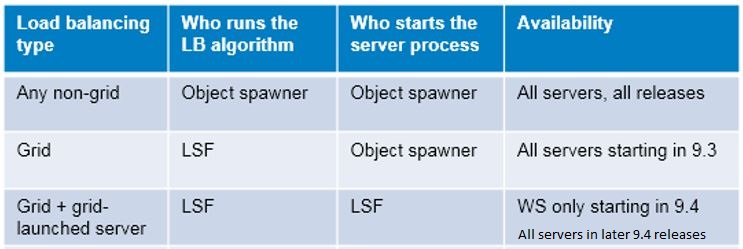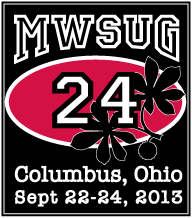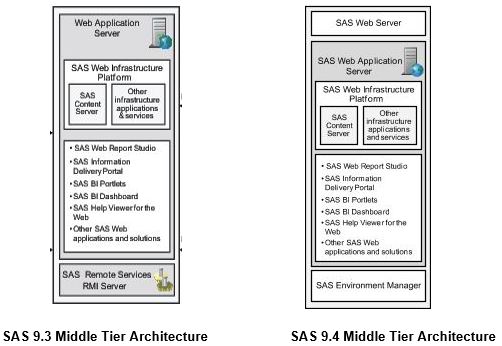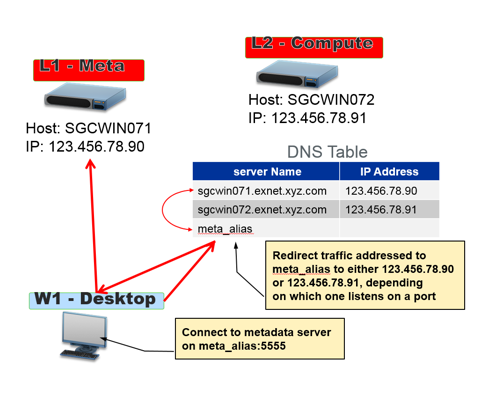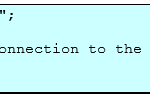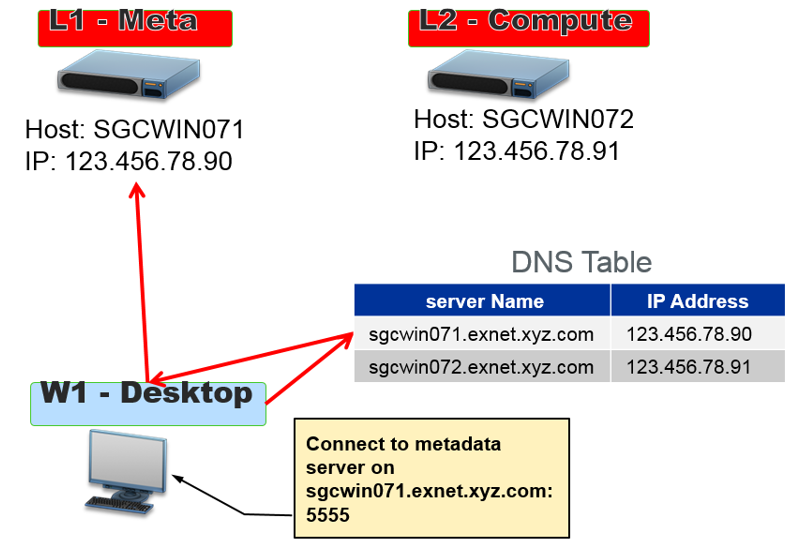
Starting with SAS 9.4, not only will SAS administrators see lots of processes running on your operating system supporting the various SAS servers (such as SAS Metadata server), you will also see two new processes that have a description of “agent” running. Agents are software processes responsible for tasks such





